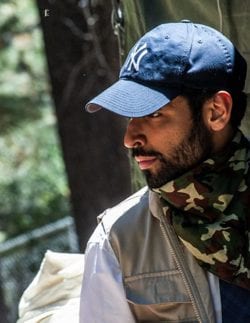
In the wake of Covid-19, video production has faced a myriad of challenges. Several TV and film productions have been delayed, and movies scheduled for the big screen, have moved to digital release. With travel on lockdown, there is an even bigger hurdle, and while limited individuals are allowed in offices and studios, film producers have been forced to put projects on hold.
While some production companies have hired smaller crews and implemented extensive safety protocols on-set, Director and Producer Steven LaMorte found a creative way to make remote video production work in the midst of the pandemic.
Steven specializes in taking productions from their initial concept to final delivery. He was a Film and Television Production major at New York University Tisch School of the Arts and studied under Czech cinematographers and directors at the 35mm Film Production Program at Prague’s film conservatory, FAMU.
After moving to Los Angeles, Steven made his feature film directing debut on the indie thriller, “Never Leave Alive.” He has since directed and produced many feature films, television, commercials, web content, music videos, and virtual reality experiences.
Steven is the Creative Director for We Make Movies and the CEO and Founder of Sleight of Hand Productions where he has worked with many high-profile clients including Selena Gomez, BET, Comedy Central, VH1, and others. We went behind the scenes with Steven to learn more about his recent experience working on a remote video production alongside record producer David Kalmusky. Steven spoke about the challenges of remote video production during COVID-19 and shared how he overcame those obstacles and created a top-notch video despite all odds.
The idea behind remote video production
As a producer of content for OWC, Steve wanted to showcase how David, who has worked with everyone from Justin Bieber to Journey, was using the OWC Envoy Pro Elektron to take his entire studio and masters and put them all on one drive. Due to Covid-19, traveling to Nashville to shoot the video in person did not seem to be the most efficient or safe option. So, he came up with a way to shoot the entire production remotely.
“We had two camera crews in two different locations in Nashville simultaneously filming both David and artist Amy Peters,” David shared. “Amy works out of her apartment on a laptop, while David works from a studio, and they write their songs remotely. I was able to listen in on their live, virtual session via Zoom while also watching the feed from the two camera crews. This allowed me to communicate with both the on-camera talent and the crew all from my home in LA.”
The challenges
It was difficult letting the tech and the gear get out of the way so they could allow the story to unfold because Steve didn’t want this to be a standard or staged studio session. “I wanted the production to flow organically so the artists could create their song while the camera crew hung back. This was a little more challenging than normal because as a Director, I’m accustomed to being in the room. We had to come up with ways that I could communicate with the camera crew without interrupting the studio session; so they gave me access to what’s called a “witness camera” which allowed me to see what was going on in both rooms (like a shot from a computer in a corner).”
OWC’s part in the production
We’ve seen quite a few occasions how OWC gear has helped video and film productions. In this case, it was instrumental in both Steve’s video production, as well as Kalmusky’s audio recording session. Steve gave us the details. “We used OWC both in David’s studio and to back-up and sync our files, as David has his entire system on an Envoy Pro Electron drive which allowed us to store all of our raw footage from two cameras running 6K and ship it out to post. We also used the Thunderbolt 3 Pro Dock during the production.”
David used an input dock that allowed him to interface with the new Avid Carbon workflow and the Elektron worked in conjunction seamlessly. This allowed him to give Steve’s crew access to his studio and patch everything in during the live recording session.
“I wanted to make it feel like the audience was a fly on the wall watching a remote production. David was in the studio and later playing his drums, all while on a Facetime call with Amy, who was working on her laptop. It was like they were in the same room sitting right next to one another.”
Monitoring the production remotely
For all intents and purposes, this shoot was a commercial for the power of the Elektron. And as is often the case on commercial shoots, representatives from the company were present to make sure all the messaging was on-brand and technically accurate. We Make Movies CEO Sam Mestman, and OWC Director of Marketing Chris Kooistra were able to monitor the video feeds remotely to make sure that Steve was asking the right questions and staying on brand. Steve loved this new set up:
“This new remote production environment is great because it allows us to give a client a specific time to be available versus them having to wait on set for us to set-up for up to two hours. If the client has feedback or a suggestion, they can simply tap right into the feed from wherever they are located. This has allowed us to be more efficient and maximize everyone’s time while still getting the same creative output in the middle of a pandemic.”
The success story
Steve’s favorite part of the production was listening to David and Amy create a song. “They started with something simple and then I watched them in real-time as they formed ideas and the creative juices flowed. I’m always a fan of talent and I love seeing something cool and magical unfold on the screen. I really felt connected, because all of the wireless technology worked and allowed me to speak to them and vice versa. It almost felt like I was in the next room. It was one of those little moments where you realize that every single piece of a big, crazy machine is working. We created something together and it was an amazing feeling to know that we were pioneering.”
The evolution of remote video production
There’s no denying that COVID-19 has had a profound impact on many industries, not the least of which video production. In many ways, it has opened up new ways of working that will be in effect long after COVID-19 vaccines bring some semblance of normalcy to the world. And Steve is one person who believes that these new remote video production practices are here to stay.
“I think there will always be advantages to working remotely even after COVID-19, and I believe that remote video production is here to stay. I had multiple shoots in one week happening in several different cities, but I only had to fly to one and was able to successfully direct the others remotely. One cool thing that we’re doing is using wireless transmitters that allow anyone with a cell phone to see the production monitor, which is the way of the future. You don’t need to be on set for 12-14 hours when you can just tap into a feed as necessary.”
Advice for producers shooting remotely
Having done so many of these remote productions now, Steve has lots of advice to offer those who want or need to take up remote productions. “Every single technical element that you incorporate into a remote shoot is an opportunity for chaos, so it’s essential that you test all of your gear, turn on the stream, and confirm that you can see and hear everything. I would also recommend using a witness camera. That allowed me to feel like I was a part of the creative process as if I was there.”Last but not least, make sure you’re using the right gear. As Steve put it:
“Anytime I can get something reliable that’s going to give me peace of mind, I’m going to go with that every single time. The OWC products take the worry out. They have truly exceeded my expectations.”
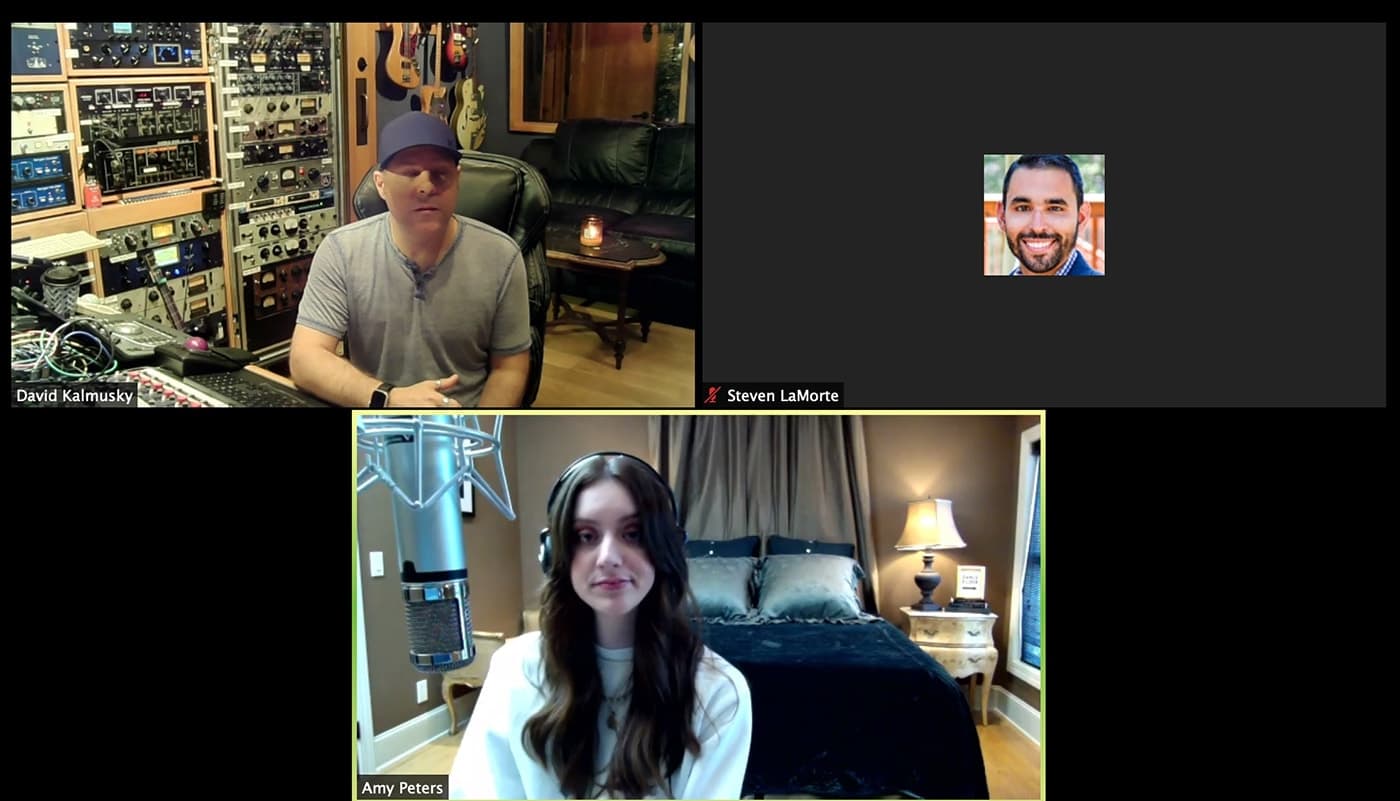

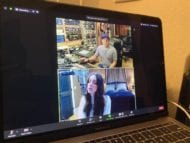
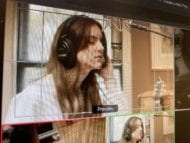

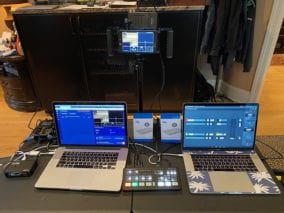
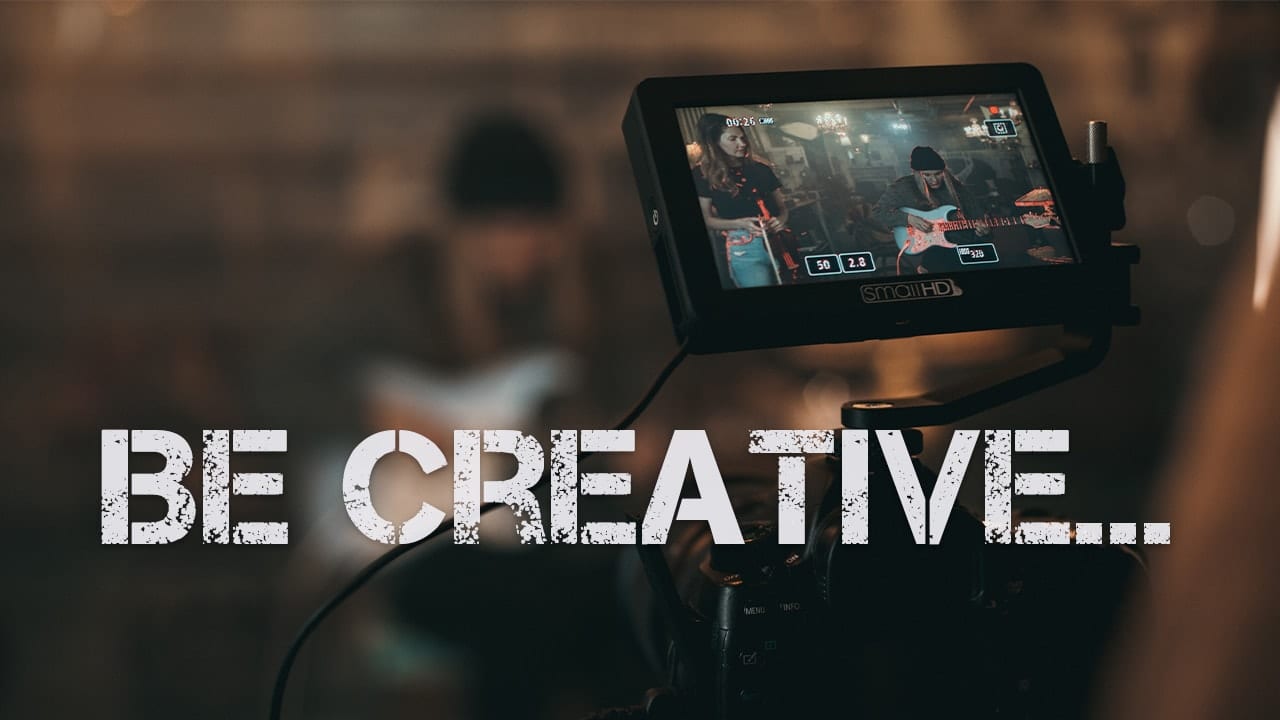

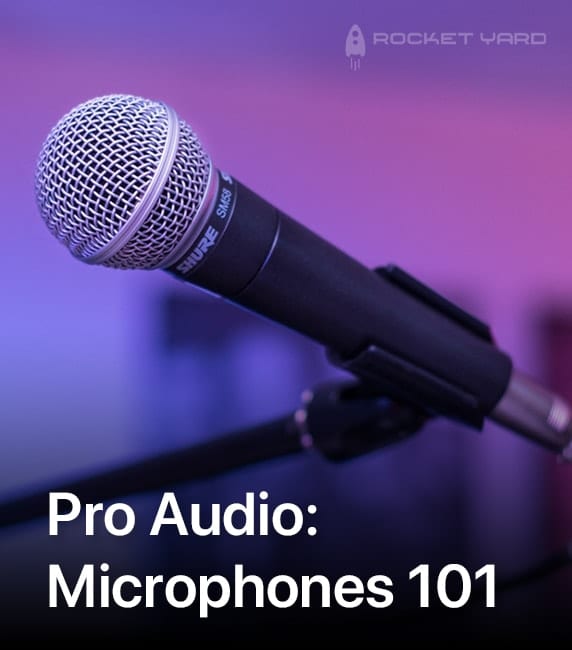




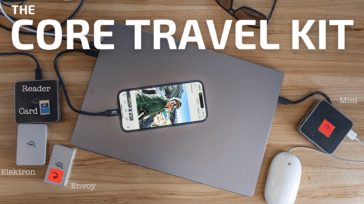


I don’t understand why you say “With travel on lockdown”. Every day, the TSA is reporting 1 million+ passengers boarding aircraft in the United States alone.